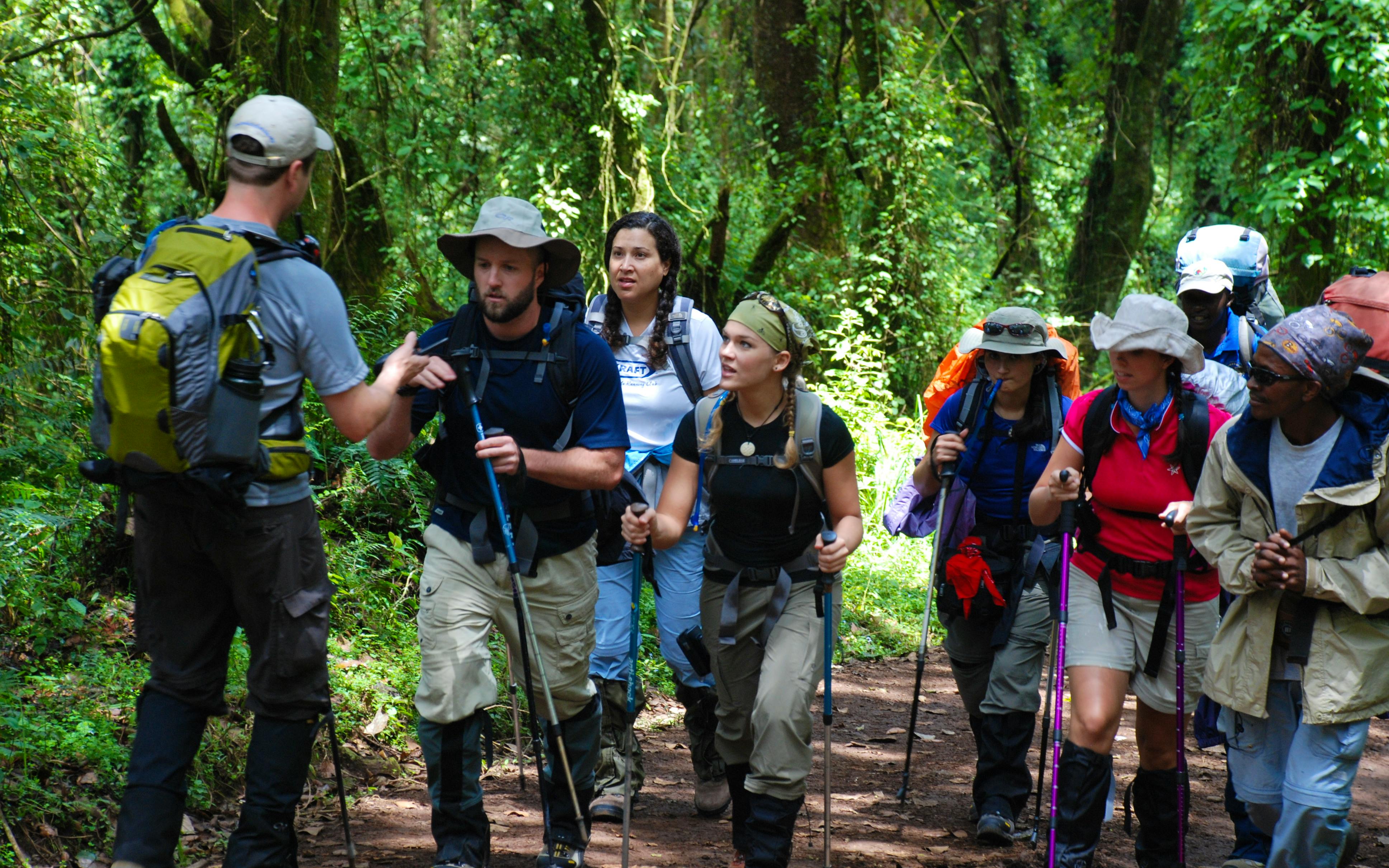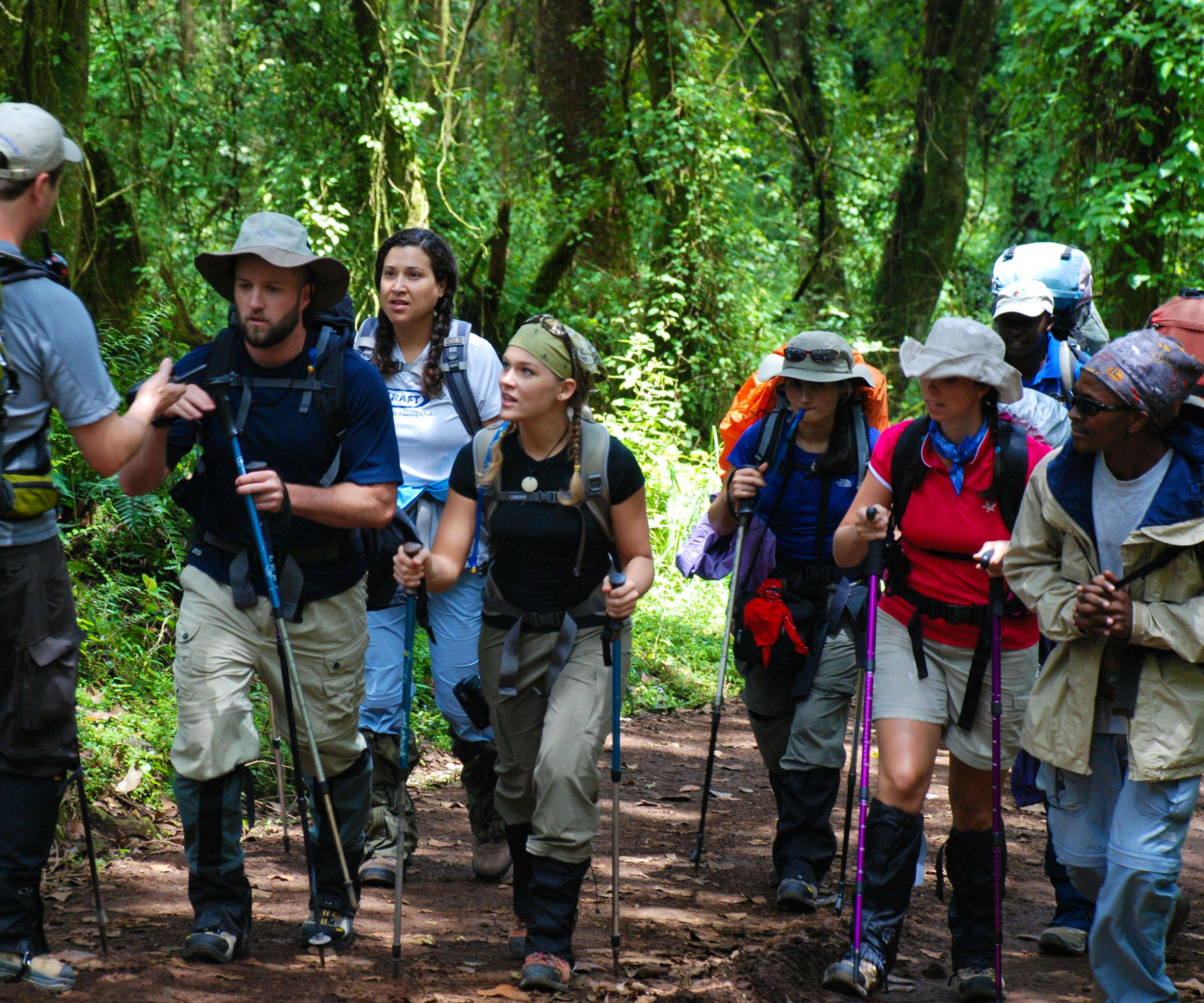Ben Nevis vs Kilimanjaro: Which Is Your Next Mountain Summit?
Are you wondering which mountain to hike next? Could it be Ben Nevis or Kilimanjaro?
If you fancy the rugged and mystical landscapes of Scotland, you can hike Ben Nevis. But, if the allure of Africa's terrain, sunrise and sunset views, and culture calls to you, you can consider hiking Kilimanjaro - the continent's highest mountain and one of the Seven Summits.
These two giants have unique stories and mean different things to the intrepid adventurer. Lucky for you, Skyhook offers different trips for both mountain summits, with professional guides and crews to make your climb as comfortable as possible.
Unsure where to go hiking? Let's help you decide between Ben Nevis and Kilimanjaro below!
Ben Nevis Location and Geography
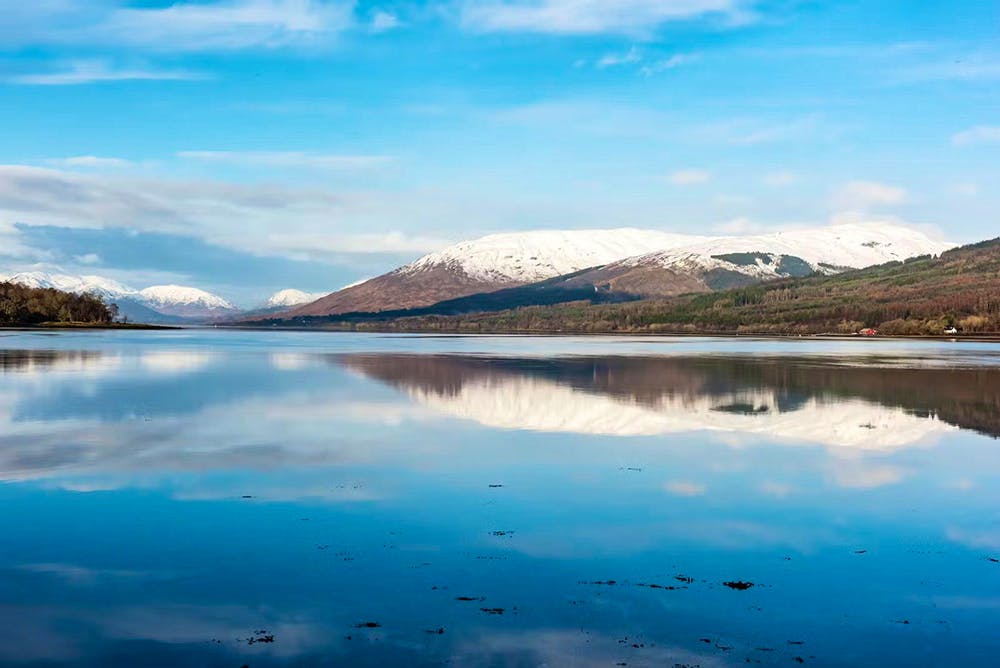
Nestled in the heart of Scotland, Ben Nevis stands as a towering testament to the nation's geological history and natural beauty. This iconic mountain, known as "Beinn Nibheis" in Scottish Gaelic, has a rich history dating back millions of years.
Geographically, Ben Nevis is situated in the Grampian Mountain range near Fort William. It's the highest peak not only in Scotland but in the entirety of the British Isles, reaching an elevation of 1,345 metres.
Ben Nevis emerged from the remnants of a volcanic crater, part of an ancient volcanic system active over 400 million years ago.
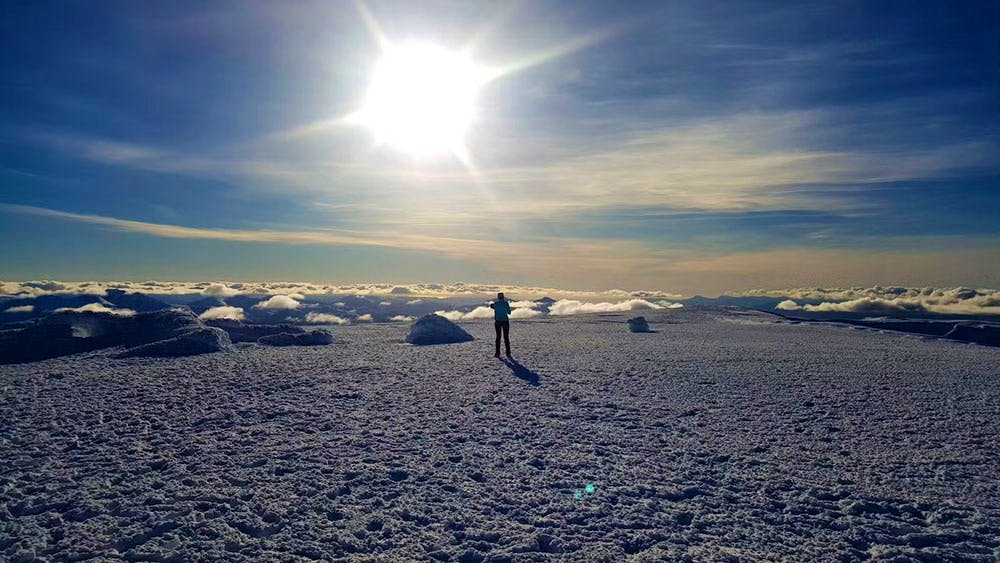
The mountain's location in the Scottish Highlands provides a stunning backdrop of rugged landscapes, glens, and lochs. As you ascend its slopes, the scenery evolves from lush woodlands to rocky terrains, leading you to the dramatic summit.
Ben Nevis is renowned for its ever-changing weather, which can shift from tranquil to turbulent in the blink of an eye. Its proximity to the Atlantic Ocean means that conditions can be unpredictable, and hikers often experience rain, wind, and even snow, even during summer months.
Ben Nevis's accessibility and challenging terrain have made it popular for hikers and mountaineers from all over the world. Whether you're drawn to its geological origins, its stunning Highland backdrop, or the tales that have been spun around its existence, Ben Nevis offers a mountainous experience like no other in the British Isles.
Kilimanjaro Location and Geography
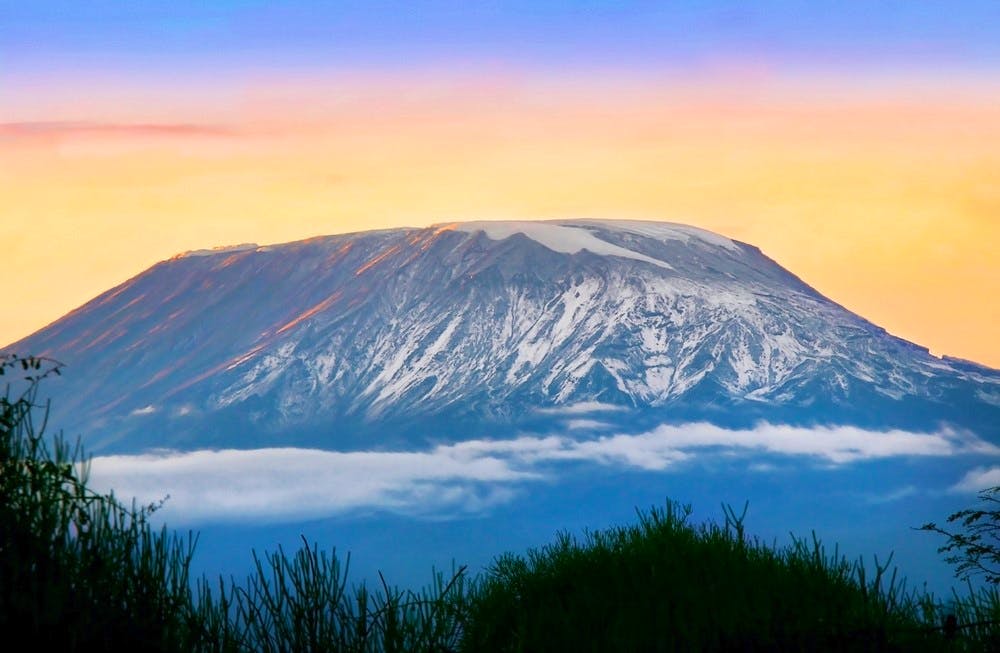
Kilimanjaro, also known as "The Roof of Africa," is a majestic mountain found on the eastern edge of the African continent in Tanzania.
Rising to a staggering 5,895 metres, it is Africa's tallest peak and the world's highest free-standing mountain. Here are more facts about Kilimanjaro.
Geographically, Kilimanjaro stands in the northern part of Tanzania, near the border with Kenya. This iconic mountain is a stratovolcano, or composite of layers of volcanic ash, lava, and rocks. Its origins date back around a million years, when volcanic activity in the East African Rift created it.
Hiking through Kilimanjaro takes you through diverse ecological zones intricately tied to its elevation. These include the cultivated lower slopes, lush rainforests, moorlands, alpine deserts, and finally, the glacial summit. The summit's permanent glaciers, such as the Northern Icefield, are simply awe-inspiring!
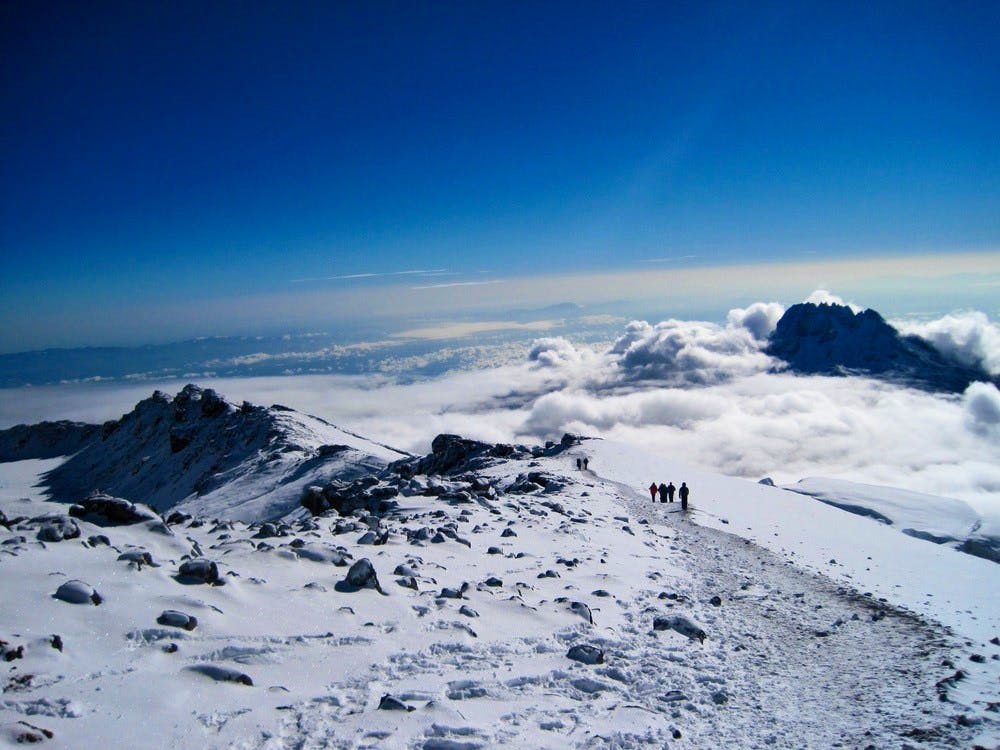
Sitting near the equator, you’d think the weather is pretty stable. But Kilimanjaro is a mountain, so expect to run the gamut of Kilimanjaro weather as you make your ascent. You'll want to pack essential Kilimanjaro hiking gear that will keep you safe through the different zones - you start in a tropical climate and summit in arctic conditions.
Compared with some of the largest mountains in the world, Kilimanjaro is not very hard to climb. But that's not to say the hike is without challenges.
For instance, Kilimanjaro's high altitude and extreme weather conditions from the base to Uhuru Peak present the biggest challenges. Climbers often contend with altitude sickness on Kilimanjaro - but the reward of reaching the summit is an unparalleled sense of accomplishment.
Ben Nevis vs Kilimanjaro: Difficulty and Accessibility
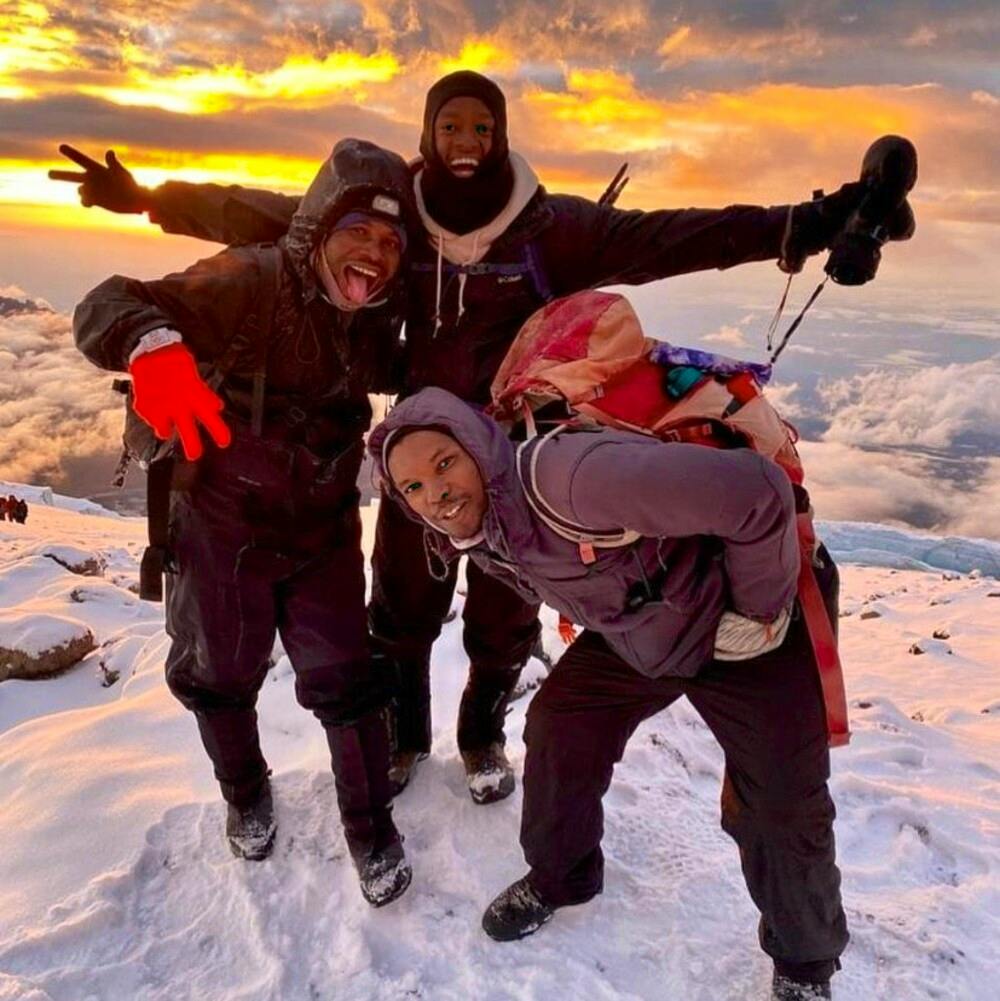

Latest Deals
Ben Nevis
Ben Nevis offers a relatively short but demanding hike to its summit. The primary difficulty here arises from the unpredictable and often harsh Scottish weather, which can make the climb treacherous. The climb can be physically taxing, particularly in winter when snow and ice cover the paths.
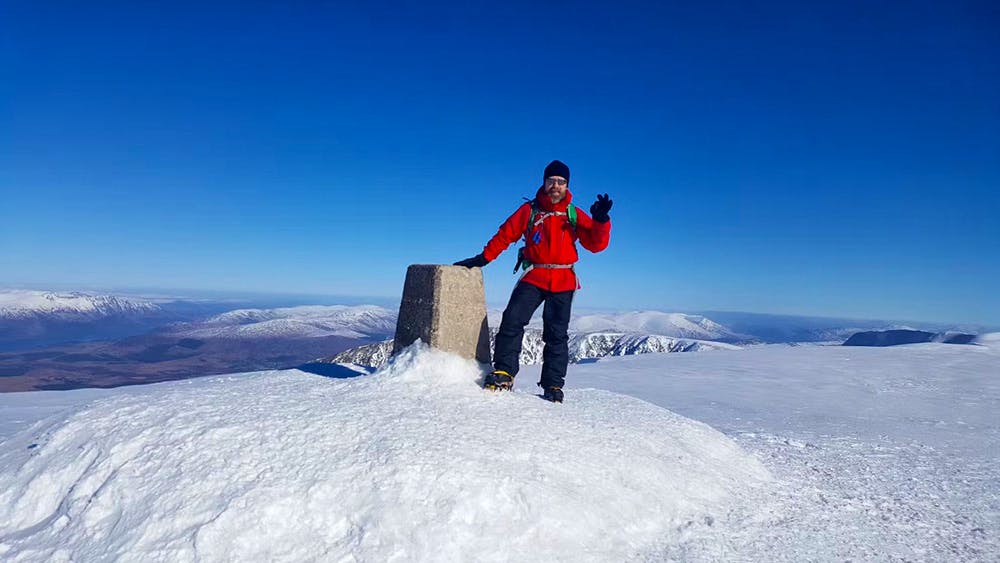
Ben Nevis is relatively easy to access from Fort William, where you'll find various accommodation options and amenities.
There's no need for an extended stay, and you can embark on a day hike to the summit. No special permits are required, but hikers should be prepared for rapidly changing weather conditions.
Kilimanjaro
Kilimanjaro offers a different kind of challenge – primarily in the form of high-altitude trekking.
While the terrain is not particularly difficult or steep, hikers face the physical challenge of acclimatising to high altitudes. Altitude sickness is a real concern, and the lack of oxygen at higher levels of the mountain can be a significant hurdle.
You need six to nine days to climb Kilimanjaro, and the varying climates along different routes also add to the challenge.
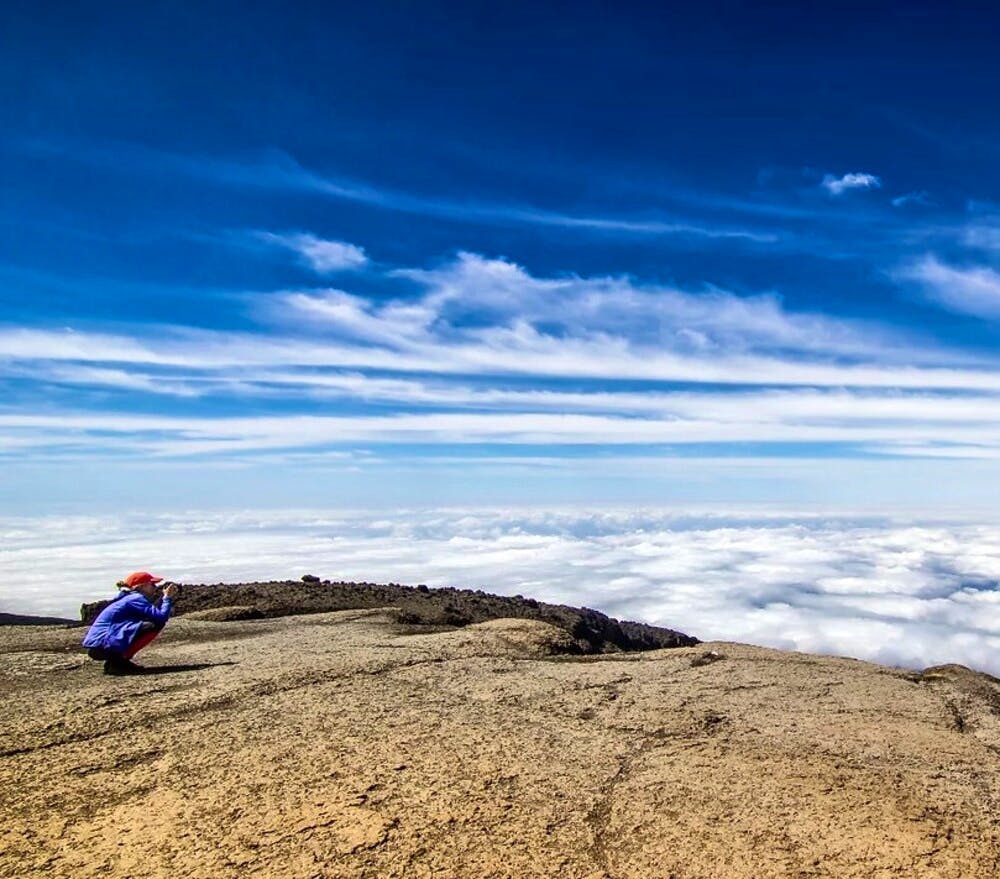
The gateway town, Moshi Kilimanjaro, offers a range of accommodations and logistical support for trekkers.
However, to climb Kilimanjaro, you must book with a licensed tour operator and obtain the necessary permits. Here are more things to know before climbing Kilimanjaro.
Ben Nevis vs Kilimanjaro Climbing Costs
Ben Nevis Costs
Climbing Ben Nevis doesn't require a permit, but some nearby parking areas may charge a small fee.
If you’re doing it guided with a group or solo, which can add to the overall experience, it will cost as well.
If you're staying in Fort William or nearby towns, the accommodation cost can vary based on your preferences. You can find budget-friendly hostels in the area for your stay.
Also, transportation costs will vary depending on where you're travelling from. If you're driving, consider fuel and parking expenses, and if you're using public transportation, check train or bus fares.
Finally, you'll need suitable hiking gear, including sturdy boots, clothing for unpredictable weather, and basic safety equipment.
Kilimanjaro Costs
Kilimanjaro climbing costs range from US$1,800 to US$6,000.
These charges include a permit and itineraries, which feature park fees, rescue fees, and camping fees. In addition, you also have to climb Kilimanjaro with a licensed guide. There’s no option to climb without a guide.
However, the Kilimanjaro costs do not include expenses like flights, visas, vaccinations, and extra hiking gear not provided by your tour operator.
Safety Tips For Hiking Kilimanjaro and Ben Nevis
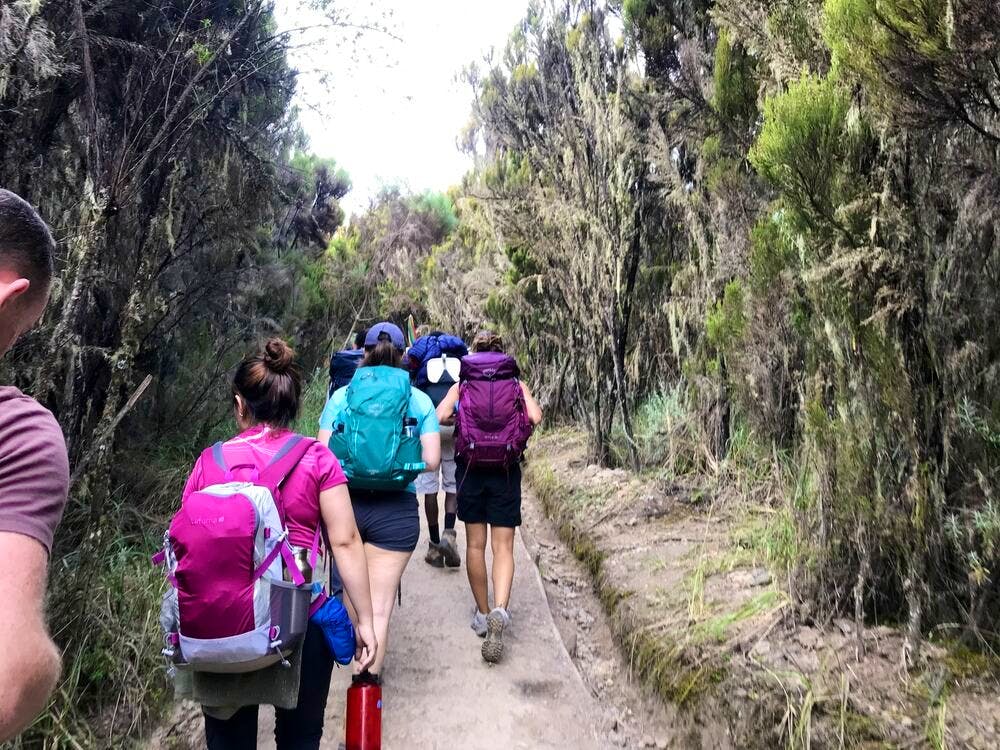
Physical Fitness
While both mountains don't require technical climbing skills in summer (Ben Nevis requires technical equipment in winter), a reasonable fitness level is essential. Prepare for steep ascents and descents on both peaks.
Altitude Acclimatisation
On Kilimanjaro, select a trip that provides adequate acclimatisation time. Check out for altitude sickness symptoms and be prepared to descend if symptoms become severe.
On Ben Nevis, you won’t be affected by the altitude.
Weather Awareness
Be prepared for rapidly changing weather conditions. Check the forecast before your hike and make informed decisions.
Hiking Gear
Carry appropriate clothing and gear for unpredictable Scottish and Kilimanjaro weather. Pack sturdy boots for the tough terrain and waterproofs and warm layers for the cold days and nights on either mountain.
Sign Up for Guided Treks
You will require certified guides to climb Kilimanjaro, and it will make for a great experience doing the same on Ben Nevis. Skyhook works with some great professional guides and support crew. They ensure safety, navigation, and logistical support during the trek.
Mt Kilimanjaro Climbing Itineraries With Skyhook
Ben Nevis Trips By Skyhook
Find your next adventure
Why Skyhook?
Join over 27,000 Skyhook adventurers who've used our platform to book directly with our vetted local guides, at local prices (we never markup).
Expert Local Guides
Experienced local guides, handpicked by us.
Best Prices
Never pay a markup on the local guide's price.
Exclusive Club
Earn loyalty rewards every time you travel.
Great Social Vibes
Small group tours provide a richer experience.
Stellar Feedback
Over 2,800 reviews, average of 4.9/5 stars.






